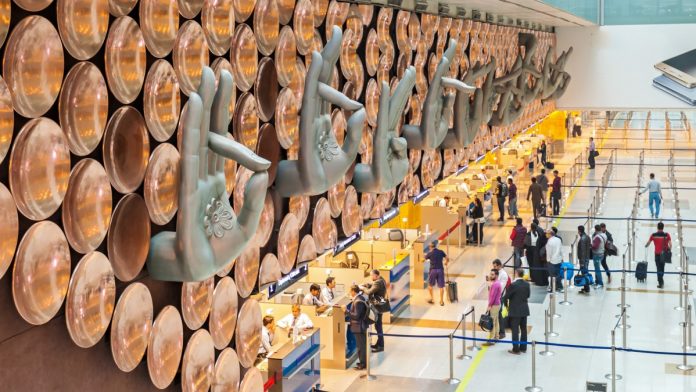Bangladesh has emerged as one of the key sources of medical tourists for India, and the number was increasing every year.
The inflow of medical tourists from Bangladesh surged by 83% in three years, according to 2019 figures recently released by India’s Ministry of Tourism. Over these years, 54% of all foreign medical visitors going to India for treatment were Bangladeshis.
In 2015, 120,388 Bangladeshis travelled to India for medical treatment, the figure rising to 221,751 in 2017.
Apart from superior medical care, Bangladeshis are drawn to India because of parallels in food, language, cost-effective treatment and cultural comfort.
Bangladeshis accounted for 57.5% of medical tourists in 2019, with Maldivians accounting for 7.3%. Afghans made up 10.7% of overseas patients in India in 2009, rising to 14.3% in 2016, before falling to 4.7% in 2019.
Delhi, Mumbai and Bengaluru are three of the most preferred destinations for Bangladeshi medical tourists while Chennai draws more patients from the Maldives, Sri Lanka and Mauritius. Direct flight connectivity largely determines the choice of destination.
Foreign patients pay a 20% premium over Indian citizens, as many hospitals provide support for foreign patients, from arrival at the airport through housing, care, and cuisines of their choice, as well as translators to assist them.
India’s medical tourism business attracts the most patients for heart surgery, knee transplants, cosmetic surgery, and dental care because the cost of treatment is the lowest in Asia, far less than that in Thailand, Indonesia, Singapore, and Hong Kong.
The government of India’s decision to extend e-medical visas to 166 countries has helped needy patients from abroad reach out to Indian hospitals. The Indian government has also abolished a visa restriction on tourist visas that required a two-month gap between consecutive visits for visitors from Gulf countries in order to boost medical tourism.






 ©2024 All rights reserved LaingBuisson
©2024 All rights reserved LaingBuisson 


